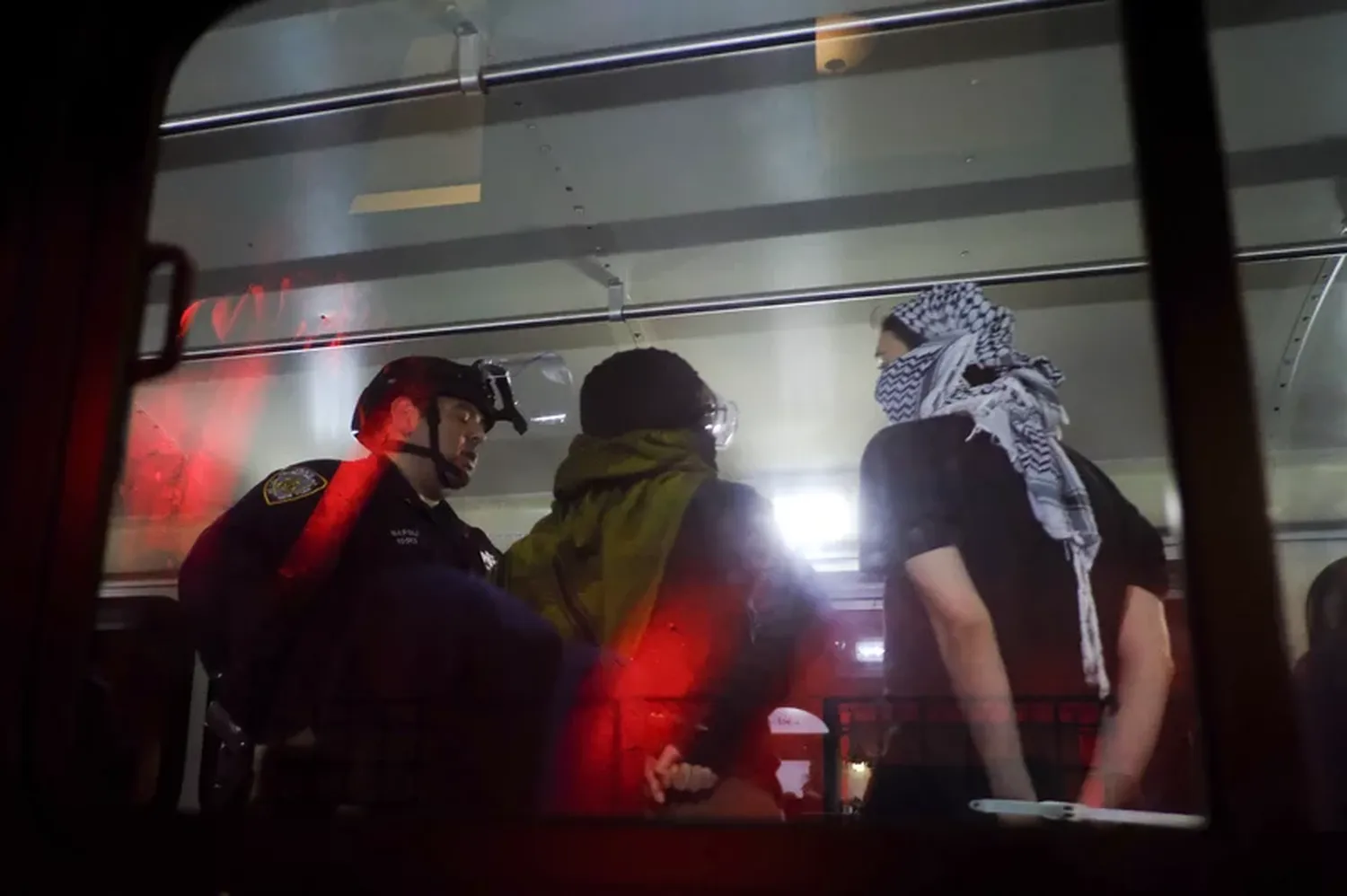Pro-Palestinian Protests
NYC Campus Protests: Nearly Half of Arrestees Were Not Students
In a recent revelation that has stirred the ongoing debate about external influences on student-led protests, New York City authorities disclosed that nearly half of the individuals arrested during the recent pro-Palestinian protests at Columbia University and The City College of New York (CCNY) were not students or affiliated with the institutions. This announcement comes amid escalating tensions and increasing scrutiny over the nature and influence of campus demonstrations.
The protests, which have been part of a broader national movement advocating for Palestinian rights and urging U.S. universities to divest from Israel, saw significant police action last week. According to official reports, the New York Police Department (NYPD) and Mayor Eric Adams highlighted that out of the 282 individuals detained, approximately 47% were outsiders, not enrolled at either Columbia or CCNY.
This significant presence of non-student participants has raised questions about the protests' organization and intent, with city officials suggesting that the involvement of external actors could undermine the legitimacy of the student movements. During a press briefing, Mayor Adams pointed out the complexities added by these external participants, stating, "The involvement of individuals not affiliated with our universities not only complicates the legal and safety aspects of these protests but also poses challenges in addressing the students' genuine concerns."
At Columbia University, where tensions have been particularly high, the administration had requested police intervention to manage the situation, which had escalated with the occupation of Hamilton Hall. The NYPD's response to the university's call was swift and marked by a significant law enforcement presence aimed at dispersing the protesters, many of whom were found to have no direct links to the university.
The City College of New York experienced similar disturbances, with a substantial number of arrests involving individuals who were later identified as having no affiliation with the college. This pattern of involvement by non-students has been a critical point for local authorities in justifying their approach to managing the protests.
Critics of the police action argue that the presence of non-students does not necessarily detract from the issues raised by the protests. They contend that the broader community, including alumni, local activists, and other sympathizers, often participates in university protests out of solidarity and shared concerns over global issues like those being protested.
However, the city's administration maintains that the infiltration by external elements, particularly those with no direct stake in the university's policies or operations, can lead to an escalation in conflict and violence, complicating efforts to maintain safety and order. Mayor Adams emphasized the city's responsibility to ensure that protests remain safe and focused on their stated objectives, without being hijacked by elements that might have different agendas.
The recent events at Columbia and CCNY are part of a larger pattern of campus protests across the United States, which have seen varying degrees of external involvement. Universities nationwide are grappling with how to handle protests that, while centered on student activism, often attract a broader array of participants.
As the situation continues to develop, both university administrations and city officials are calling for dialogue and engagement with legitimate student representatives to address the underlying issues prompting these protests. Meanwhile, the NYPD has been tasked with reviewing its strategies for managing such complex situations, ensuring that the focus remains on safety and constructive engagement rather than confrontation.
The unfolding events in New York City reflect the broader challenges faced by educational institutions in dealing with protests that intersect with global political issues. As these protests continue, the role of non-student participants will likely remain a contentious issue, with significant implications for campus policy and the nature of student activism.

